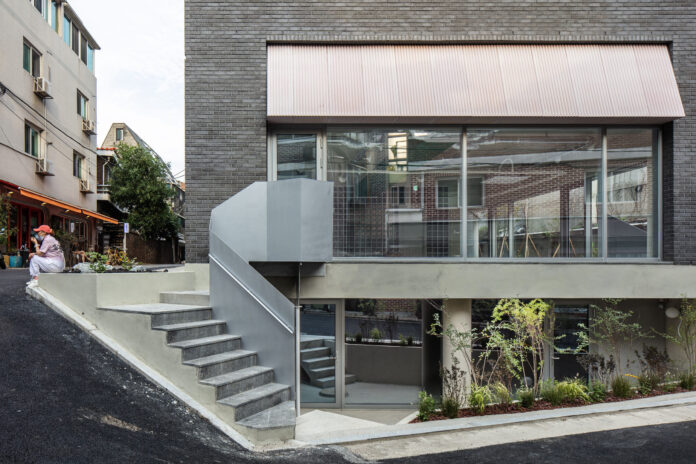Co-housing is an innovative concept that is revolutionizing the way we think about our living spaces. It refers to a type of intentional, collaborative housing in which residents actively participate in the design and operation of their own communities. These communities are typically comprised of private homes supplemented by shared facilities such as communal kitchens, gardens, and recreational spaces. The objective is to foster an environment that not only cultivates community spirit and collaboration but also respects individual privacy.
There’s a growing interest in co-housing communities globally, marking a shift from traditional, isolated living towards a more community-centric approach. Architecture firms play a major role in this shift, instrumental in transforming the blueprint of co-housing ideas into a functional, livable community. As co-housing surges in popularity, Los Angeles architecture firms are tasked with designing spaces that meet the unique needs of these dynamic communities. This article will explore the role of architecture firms in the co-housing movement, discussing how they are shaping the future of residential design.
Basics of Co-Housing
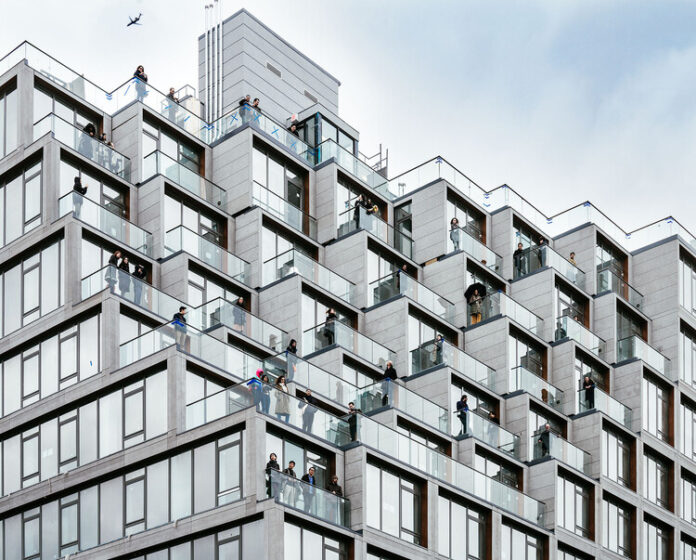
At its heart, co-housing is about creating a sense of community within a physical living space. Each household within a co-housing setup has a separate, private dwelling complete with all the usual amenities, while also having access to shared spaces such as communal dining areas, laundry facilities, children’s playrooms, gardens, and even workshops. These shared spaces are designed to encourage interaction and foster relationships among residents. Co-housing arrangements can be found in urban, suburban, and rural areas, accommodating people of all ages, and various economic backgrounds.
Co-housing isn’t a new concept. Historical antecedents can be traced back to the Danish model of living communities in the 1960s and ’70s. It was introduced to the United States in the 1980s by architects Kathryn McCamant and Charles Durrett. Seeing the potential of this idea, other countries also started adopting and shaping it according to their unique demands and cultural norms. In the contemporary world, as the focus shifts towards sustainable living and community-driven societies, the appeal and relevance of co-housing have grown immensely. These communities not only lessen the burden of household maintenance and chores, but they also facilitate social interaction, reducing feelings of isolation and enhancing overall well-being.
Architecture Firms in Co-Housing
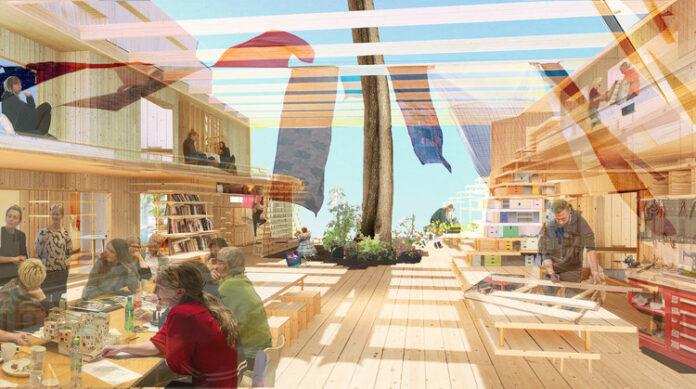
Architecture firms are instrumental to the burgeoning co-housing phenomenon. The design principles that form the backbone of co-housing, social collaboration, shared resources, and a keen focus on environmental sustainability, require innovative architectural solutions. These firms work closely with potential residents to understand their lifestyle needs, values, goals, and translate them into a thoughtful, functional design. Their expertise ensures that each aspect of the co-housing design supports community interaction while maintaining privacy and independence.
Successful architecture firms specializing in co-housing understand the importance of a meticulously planned design. For instance, they position private dwellings and shared areas in such a way that residents naturally cross paths, facilitating informal interaction. They ensure that shared spaces are conveniently located and versatile to meet the diverse needs of the community. Importantly, these firms are abreast of sustainable design trends, incorporating energy-efficient elements and using locally sourced, environmentally friendly materials.
Impact of Co-Housing Projects on Architecture
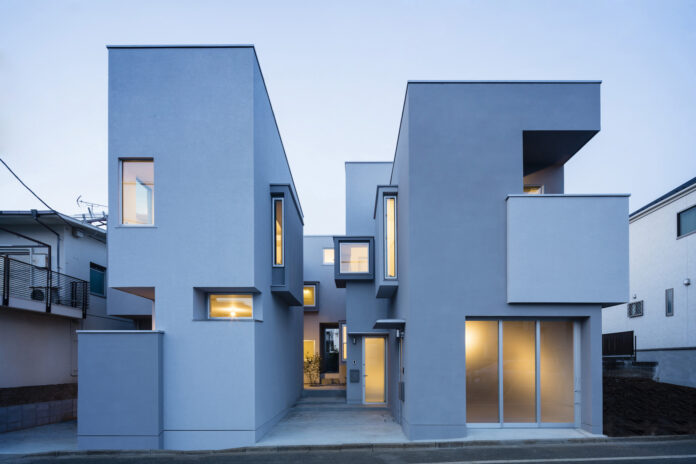
The increased demand for co-housing projects is reshaping architectural design trends around the globe. Traditionally, architecture has prioritized individual dwellings, focusing on the aesthetic and functional needs of single households. However, the growing popularity of co-housing is compelling architects to value shared spaces, social networks, and community interaction as key design elements. As a result, architecture is experiencing a shift from an isolated to a communal living-centric approach.
The rise of co-housing has ushered in an era of dynamic architectural designs that aim to balance private and communal areas and facilitate interpersonal bonds among residents. Consequently, architects are experimenting more with spatial arrangements, shared resources, and versatile structures. Architecture firms are increasingly investing in research and development to create innovative designs that echo the ethos of co-housing communities. Looking forward, the continued progression of co-housing projects promises not only to invigorate residential architecture, but also to redefine how we perceive and inhabit our living spaces.
The Future of Co-Housing
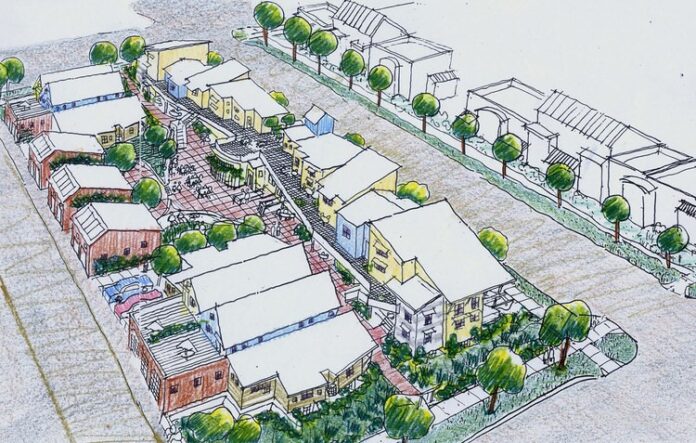
The future of co-housing looks promising, with an increasing global trend towards community-centered living. Environmental concerns, societal shifts, and a growing recognition of the mental and physical health benefits of living in supportive, connected communities are driving this change. Co-housing offers a sustainable housing model equipped to respond to these changing societal needs, making it an attractive option for forward-thinking individuals, groups, and families. This trend is likely to shift with a sharper focus on green living, digital integration, and adaptable spaces, reflecting the dynamic nature of modern lifestyles.
The architecture industry will need to innovate and adapt to this, presenting both a significant challenge and opportunity. Architects will need to master creating spaces that can morph to fulfill the residents’ diverse needs, all the while fostering community connections, enhancing privacy, and promoting sustainable living. By honing their skills in these areas and keeping abreast of emerging co-housing trends, architecture firms can position themselves at the forefront of future residential design and community living.
The surge in co-housing represents a pivotal shift in our perspective on residential design and urban planning. This innovative approach to communal living challenges traditional notions of individualistic housing by emphasizing shared spaces, collaborative decision-making, and a sense of community. In this transformative era, architecture firms play a crucial role in translating these visionary co-housing ideals into practical and vibrant communities that people can call home.

